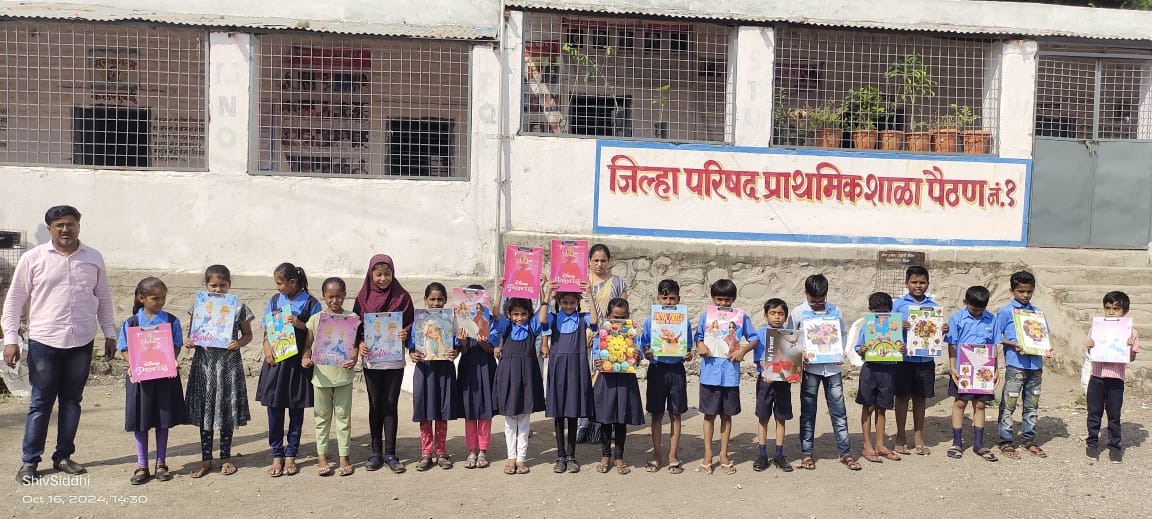How can we create lasting change in the fight against poverty in India? With over 20% of the population still living below the poverty line, education stands as a powerful solution to break this cycle. This blog explores how access to quality education plays a pivotal role in transforming lives and communities.

Access to Education: The Foundation
For millions living in rural areas and urban slums, access to basic schooling is still a challenge. Initiatives like the Sarva Shiksha Abhiyan (SSA) and the Mid-Day Meal Scheme have improved enrollment rates, yet dropout rates remain high due to financial pressures. Take Ramesh, for example—a farmer’s son from Bihar. Thanks to free textbooks and a local NGO’s scholarship, he was able to complete high school. Now, Ramesh works as a technician, lifting his family out of poverty.
Key initiatives:
- Sarva Shiksha Abhiyan (SSA)
- Mid-Day Meal Scheme
Quality Over Quantity: Bridging the Gap
While access to education is essential, quality is equally important. Many rural schools face a shortage of trained teachers and digital resources. Addressing these disparities is key to breaking the poverty cycle. For example, an NGO in Maharashtra upgraded a village school’s infrastructure, resulting in a 40% increase in exam pass rates.
Strategies for improvement:
- Teacher training programs
- Digital classrooms
Vocational Training: Skills for Stability
Not every student pursues higher education, but vocational training offers an alternative path to stable employment. The Pradhan Mantri Kaushal Vikas Yojana (PMKVY) has trained over 10 million youth in skills like welding and IT. Priya, a PMKVY graduate from Rajasthan, now runs a successful tailoring business that supports her family.
Government schemes to explore:
Empowerment Through Education
Education also empowers women, a crucial factor in breaking the poverty cycle. According to the World Bank, every additional year of schooling for a girl increases her future earnings by 10–20%. Sunita, a mother from Uttar Pradesh, learned to read through a community program and now runs a local library, inspiring others to follow her path.
Conclusion
Education goes beyond classrooms—it creates opportunities. By investing in access, quality, and vocational training, India can equip its youth to break free from poverty. What steps will you take to support this cause? Share your thoughts below or consider donating to NGOs like Pratham.
Join the movement! Volunteer, advocate, or contribute to education initiatives to create a brighter future for India. Let’s turn knowledge into action—one student at a time.
